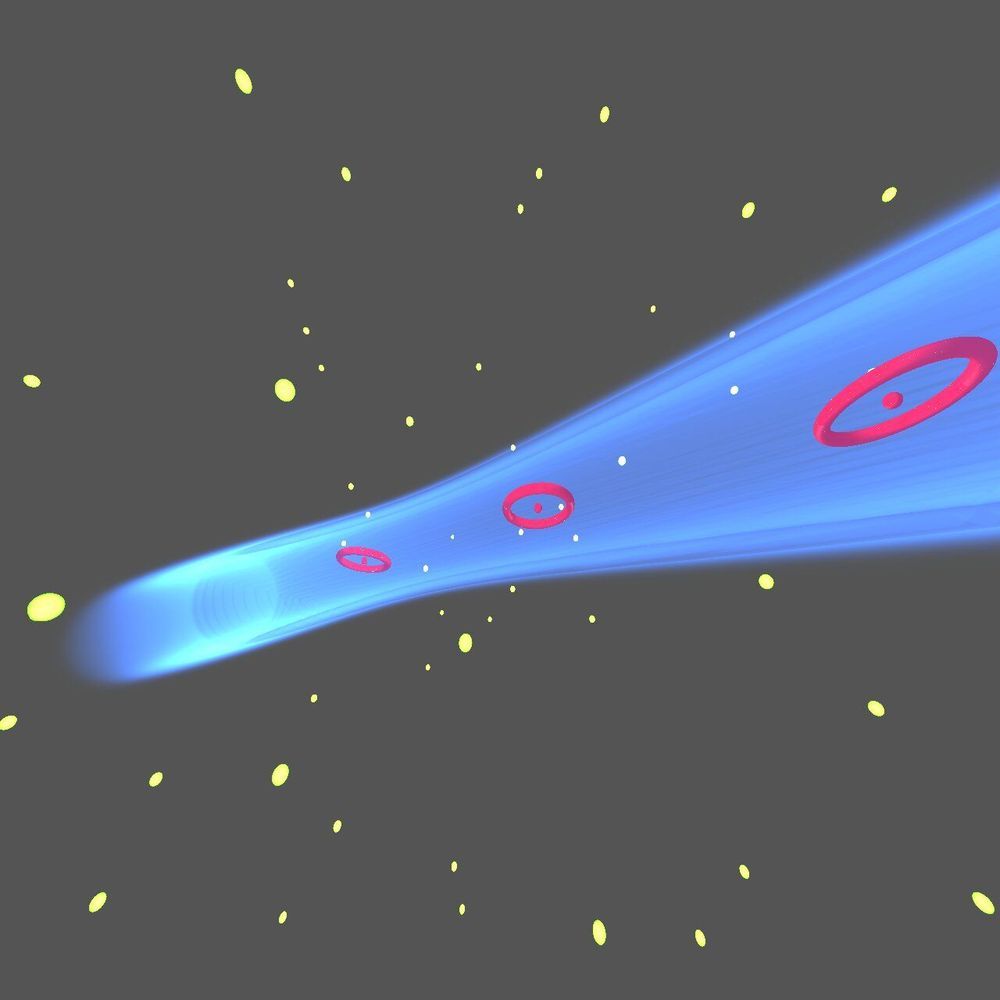Apr 9, 2020
The Pentagon Wants an Orbital Space Weapon to Blast Enemy Missiles
Posted by Quinn Sena in categories: military, particle physics, space
You know the scene in “Akira” where Tetsuo rips a satellite space weapon out of orbit?
https://www.youtube.com/watch?v=pxh-IjxG2KY
Now the U.S. military wants to try something similar, according to Defense One. The Pentagon is requesting hundreds of millions of dollars to ramp up space-based weaponry including particle beams and space lasers that’ll fire downward at Earthly targets — a dark vision of the militarization of space.


















